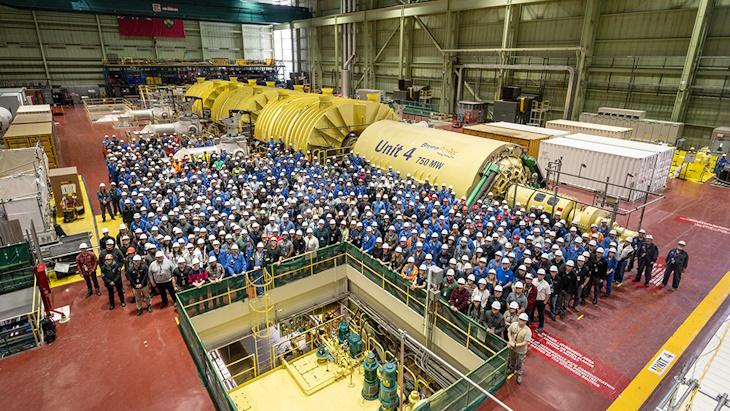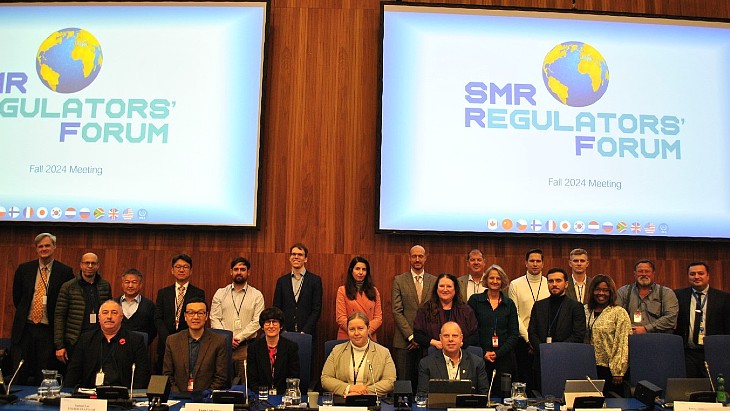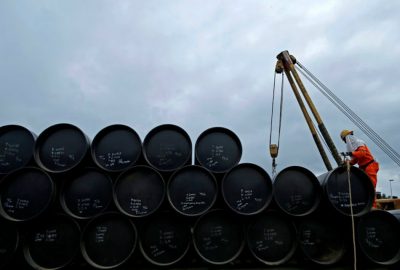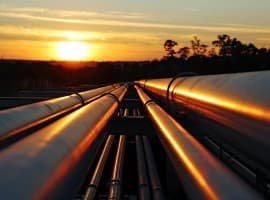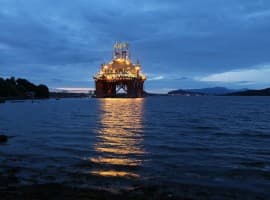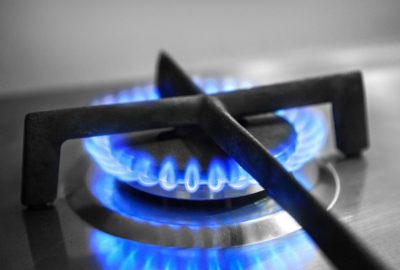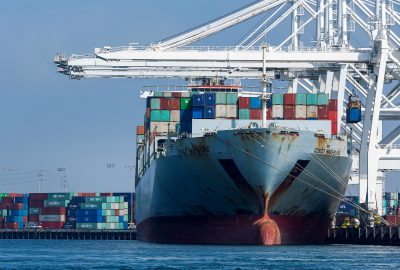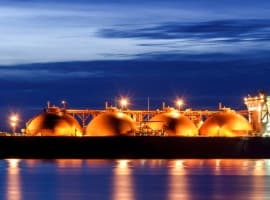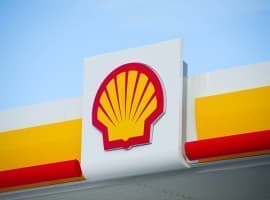Wednesday, 18 December 2024
_57019.jpg)
In order to safely manage radioactive waste, radionuclide analysis must be conducted to determine what radionuclides are present within it. This analysis is generally divided into three processes: preprocessing, separation, and measurement.
Nuclide separation is the process of adding a reagent that reacts with a specific nuclide to a sample of melted radioactive waste to separate each nuclide. There is currently a manual method of adding the reagent to a separation container by gravity and an automatic method using a pump.
The manual method cannot control the speed of the reagent, the Korea Atomic Energy Research Institute (KAERI) notes, and the automatic method has the disadvantage of having complex components such as pumps, valves, and numerous tubes connected to the valves, and that the valves must be controlled according to a predetermined time. In particular, the automatic method requires cleaning each time to ensure that no radioactive samples remain in the valves that control the injection of the reagent and the tubes through which the reagent moves.
KAERI says the separation device it has developed uses an automatic method, but a liquid handling robot that does not come into contact with radioactive samples inserts reagents. The samples separated by the reagent reaction are each separated and collected for the next measurement process. Thanks to the robot, there is no need for a valve that can cause residual samples or blockages, and the amount of tubes used has also been drastically reduced. This makes it possible to easily replace components that come into contact with radioactive samples, thereby completely eliminating the possibility of cross-contamination due to residual samples.
In addition, a non-contact sensor has been applied to the nuclide separation vessel for the first time. The sensor detects when all the reagents have been injected and notifies in real time that the process of adsorbing or separating the nuclide into the adsorbent inside the separation vessel is complete. This enables more accurate separation than the existing method of operating the pump for a set amount of time.
In particular, KAERI says the new device can efficiently sequentially separate technetium-99, strontium-90, iron-55, niobium-94, and nickel-59 and nickel-63 from a single sample. Through an effectiveness evaluation conducted in cooperation with KAERI’s Radioactive Waste Chemical Analysis Centre, it was found that technetium, strontium, niobium and nickel were separated three times faster than the existing method, while achieving a high nuclide recovery rate of 83-97%. Unlike the existing method, iron was able to react about 33% longer by precisely controlling the amount and speed of the reagent, resulting in better and more precise results.
“Future commercialisation of the technology will provide a technological breakthrough that will allow for more rapid and efficient analysis of radioactive waste generated during the operation or decommissioning of nuclear facilities,” said Ryu Jae-soo, head of KAERI’s Advanced Nuclear Cycle Technology Development Division.


